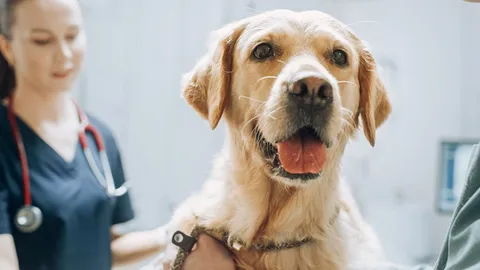

Lo que el cáncer en los perros está enseñando a la medicina humana
Los perros desarrollan cánceres muy similares a los de las personas y lo hacen más rápido, lo que permite estudiar …
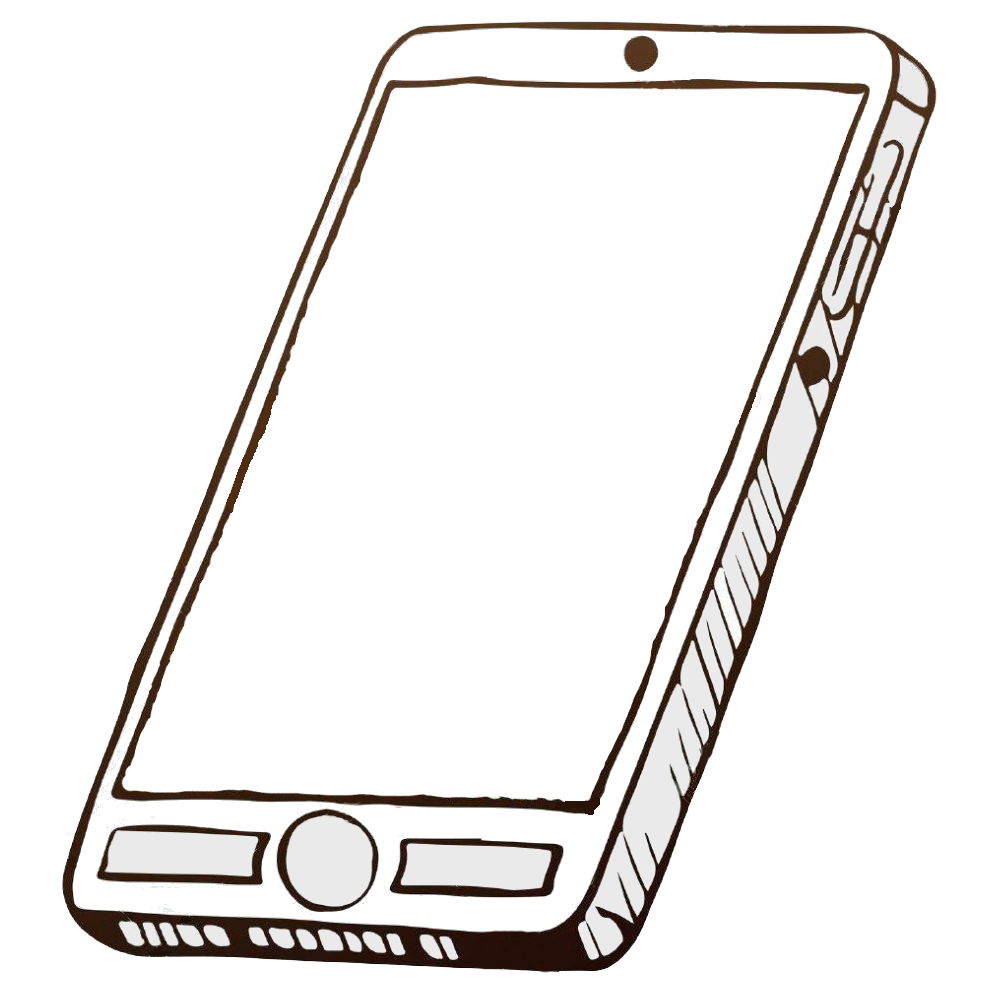
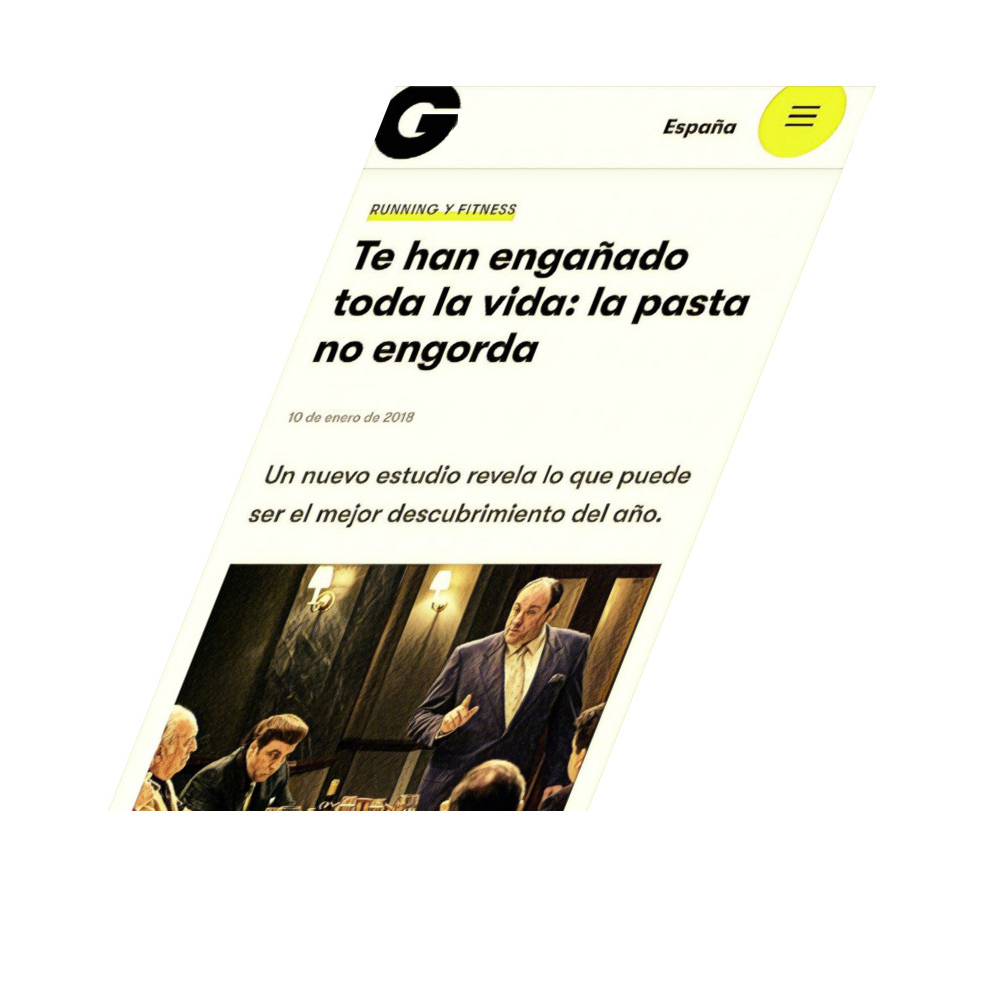
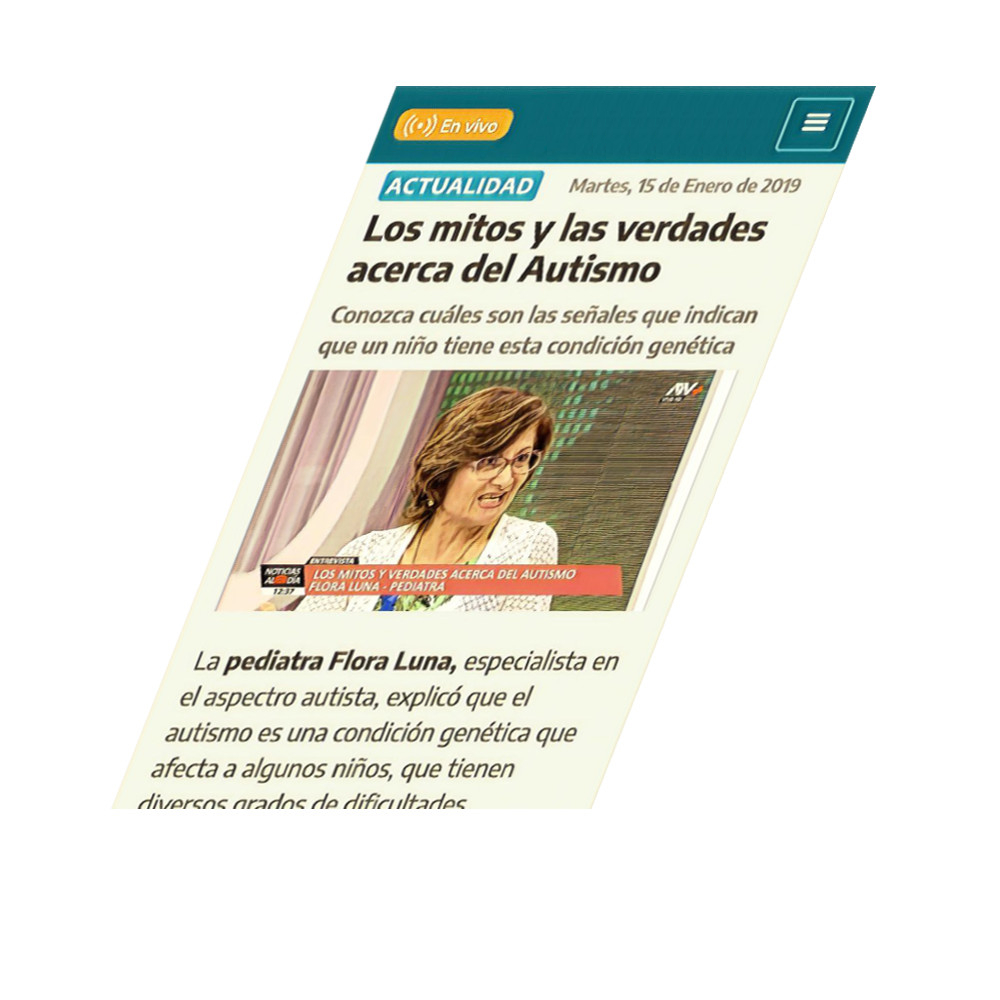
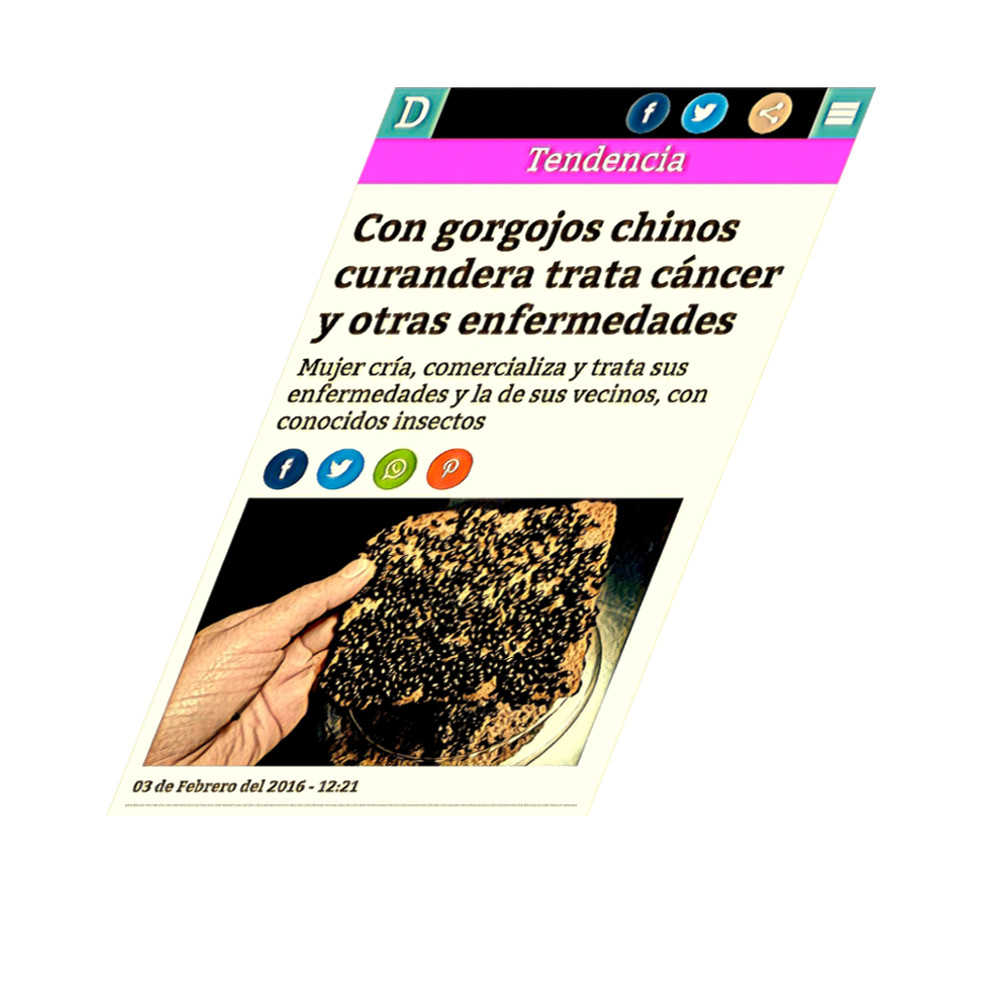
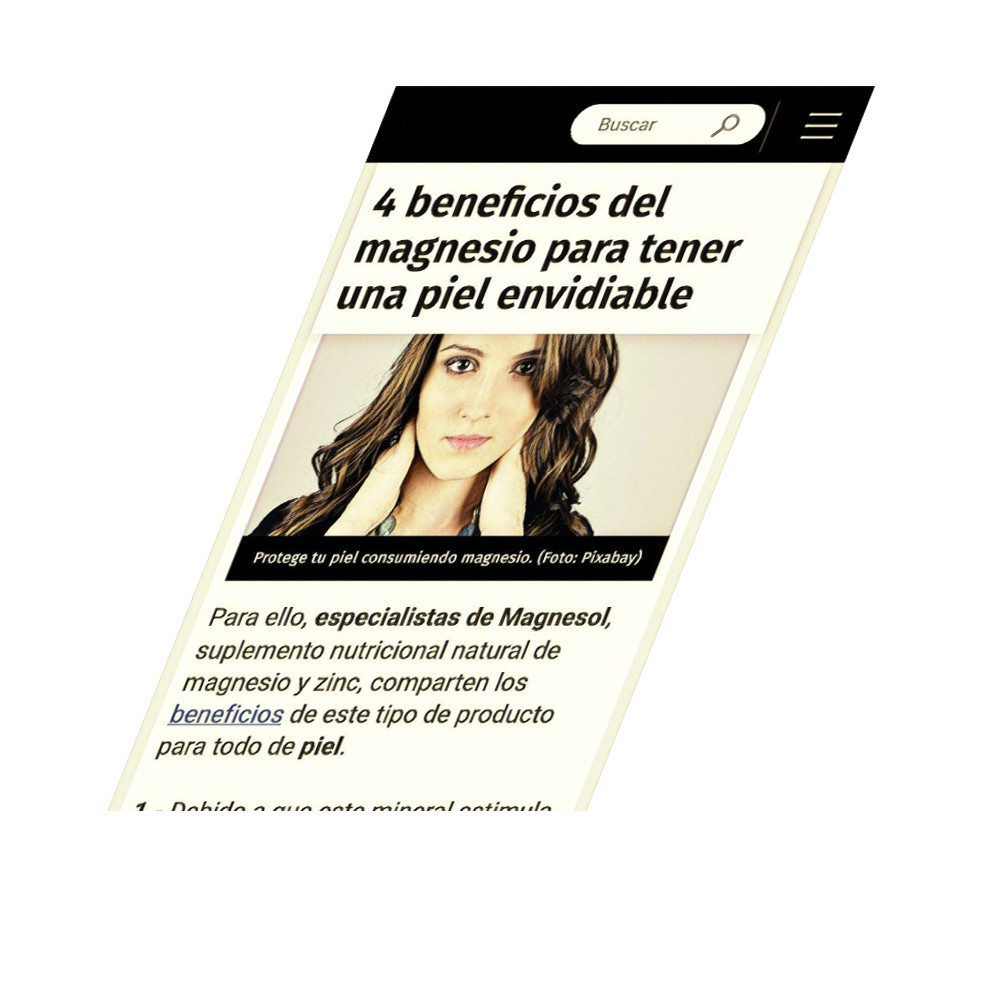
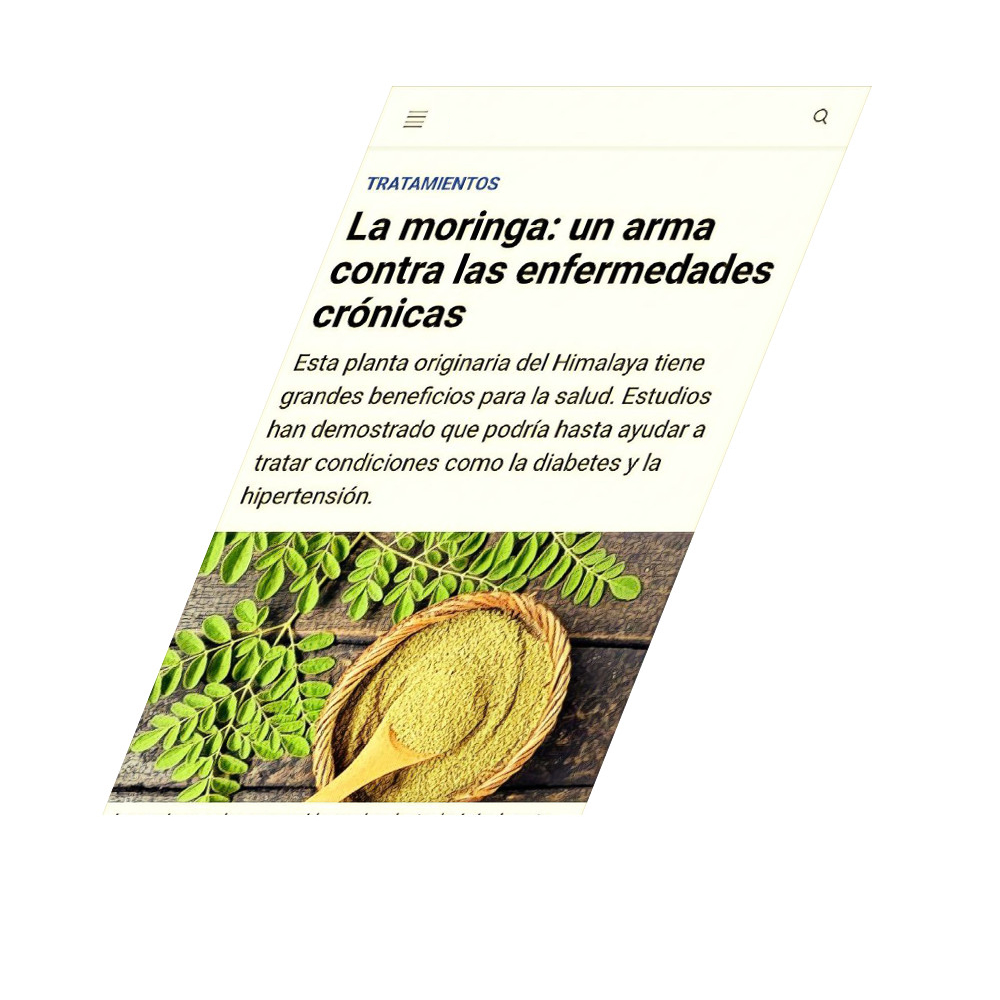
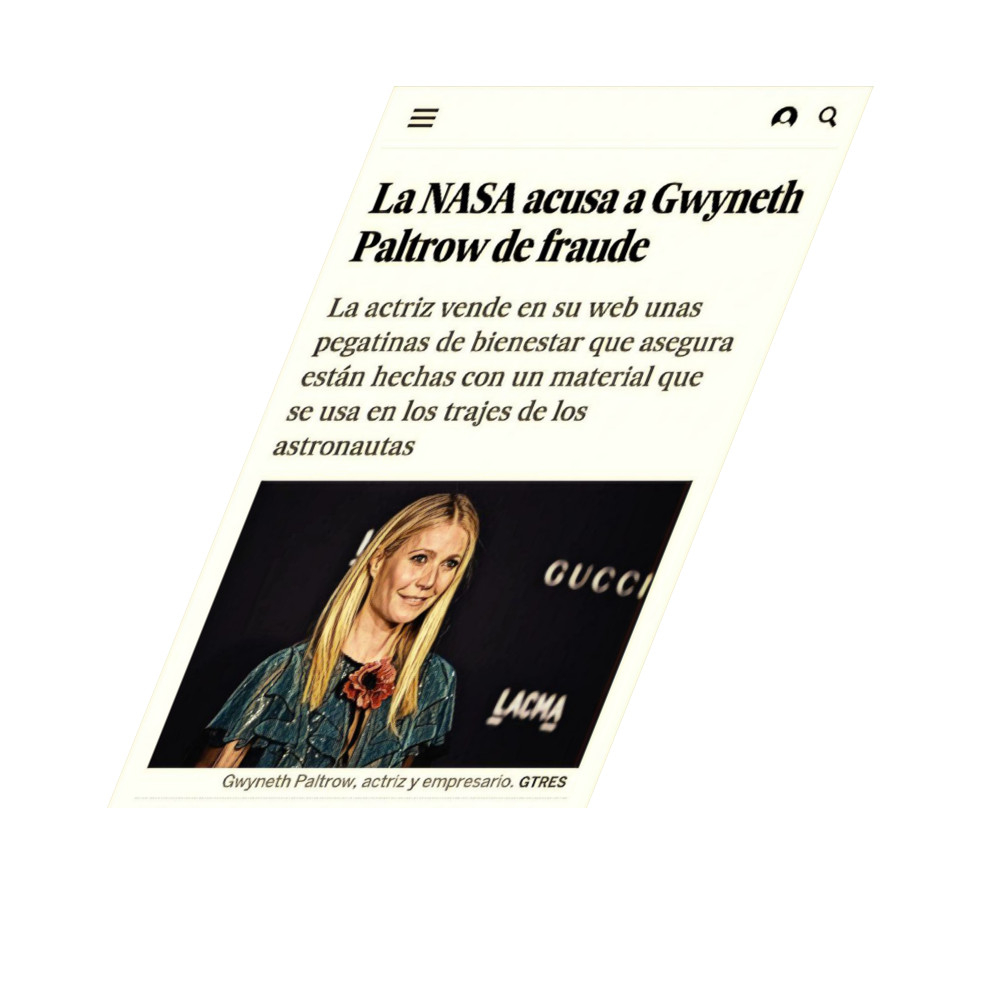


We check how many different sources support the story, and, above all, we check if they are reliable. We are immediately suspicious if the news story contains disclaimers such as, “whilst doctors cannot say why ...” We are suspicious if the story claims, “a scientific study shows …”, but then provides no details about the type of research and its limitations. Such presentation is the first warning sign. We check the reputation of the sources and discover where the information was first published, which can be in publications as diverse as a specialized journal, an official government report, a report by a non-governmental organization, or a website with unidentified authors.


News stories on public health and medicine often include the views of experts interviewed to back up the claims, provide context, or confirm the way in which the data is interpreted. We check the reputation of these experts.
We also check if the experts are free of conflicts of interest that could lead to bias. A real expert will declare his or her conflict of interest at the time of providing an interview or writing an article. Undisclosed conflicts of interest are a second warning sign.


We are immediately suspicious of news stories and reports that present the testimony of a person who claims that an unknown product cured an acute disease in record time. Such claims are a third warning sign. A news story is also unreliable if it claims, without presenting any evidence, that a cure “worked well for a celebrity.”


Every day dozens of news stories and reports announce incredible new drugs and medical advances. Such stories frequently offer the hope of a cure that does what conventional medicine cannot. However, they are unreliable and of little use if they do not provide scientific evidence, do not quote other experts, and do not reveal the limitations of the product or the study. Stories that lack the abovementioned information are the fourth warning sign: they are publicity reporting disguised as news.


Moringa, collagen powder, chia seed capsules, and a series of packaged products offered in supermarkets and health food stores as superfoods—these are nutrients that in some cases prevent acute diseases such as cancer, diabetes, and osteoarthritis. The fifth warning sign appears on the marketed product’s sanitary registry: if this is all the product displays, most of the therapeutic properties described on the label are misleading advertising.


The sixth warning sign is unidentified information or data from sites on the Internet. Blogs, websites, and YouTube channels are popular spaces to promote a product or a medicinal therapy. We are suspicious of any that fail to mention sponsors or provide scientific evidence.